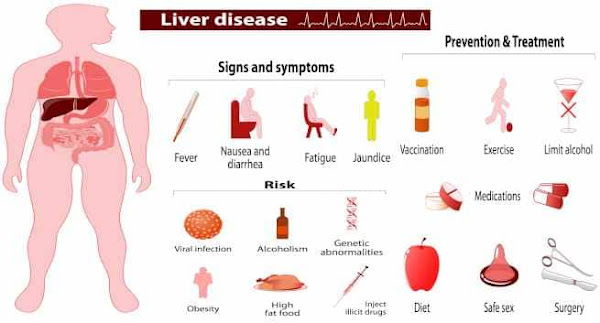If you do have liver disease, provided it is not chronic, you may maintain an active lifestyle but may need to adhere to a specific diet. The good news is that, unless you are unfortunate enough to have a virus, if you take care of your liver, it will take care of you.
Abdominal Swelling Due to Liver Damage
The liver generates a variety of critical proteins. Proteins provide a variety of tasks, one of which is to maintain the osmotic equilibrium. Damage to the liver results in protein shortage. This results in an excess of fluid retention in the bodily cavities, which is referred to as Edema. Ascites is a term that refers to fluid retention in the abdomen. It causes an abnormal rise in the size of the abdomen, which manifests as abdominal swelling. Ascites is a typical sign of persistent liver cirrhosis.
Your liver's primary function is to filter your blood throughout the day. A healthy liver exhibits a rich reddish brown hue due to its saturation with blood. At any one time, your liver stores around a pint of blood, or 13% of the total blood flow to the body. Your liver filters over a liter of blood each minute, which equates to around 22 gallons of blood per hour and over 250 gallons of blood in a 24-hour period. The liver receives blood from two sources: the hepatic artery and the hepatic portal vein. The hepatic artery supplies your liver with oxygen-rich blood. The hepatic portal vein transports nutrition, medicines, and toxins to the liver from the digestive system. The Liver's Components
When a person consumes alcohol, the liver is in charge of filtering it from the bloodstream. Moderate doses of alcohol have been shown to have no adverse effect on a properly functioning liver or to result in alcohol-related liver disease (ARLD). For women, moderate drinking is defined as one drink per day; for males, it is defined as two drinks per day. A single alcoholic beverage is defined as 12 ounces of beer, 4 ounces of wine, or 1 ounce of liquor. Consuming more than this amount might be detrimental to the liver.














